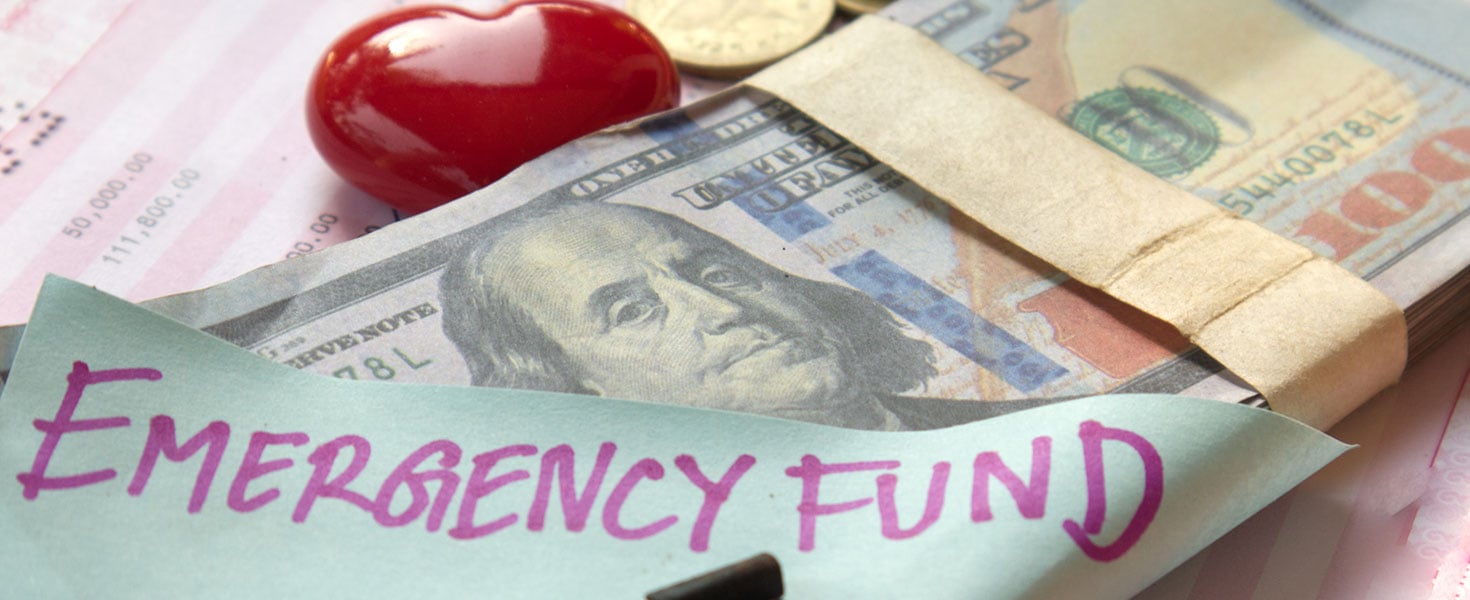Essentials Of Building An Emergency Fund
How to protect your financial security by building a reserve fund for unexpected expenses

Establishing an emergency fund is a fundamental aspect of sound financial planning. An emergency fund, also known as a contingency or reserve fund, serves as a financial safety net. The funds are set aside to cover any unexpected expenses, including medical bills, car repairs, or a sudden job loss. Having this safety net ensures that you are financially capable of handling life's unforeseen hurdles. Let’s delve into the essentials of building an emergency fund.

Understanding the purpose of an emergency fund
An emergency fund provides financial security by creating a buffer between you and unexpected financial demands. Without this buffer, you may need to rely on loans or credit, thereby increasing your indebtedness and exacerbating your financial distress. Fundamentally, an emergency fund helps to safeguard your long-term financial goals from being sabotaged by unexpected expenses.
Determining the size of your emergency fund
The size of your emergency fund will largely depend on your unique financial situation. However, financial experts generally recommend that your emergency fund holds enough to cover three to six months' worth of living expenses. Single income families, freelancers, or business owners may need to save more given their less predictable income streams. Calculating your living expenses includes all essential costs—from housing and utilities to food and transportation.
Building your emergency fund
The process of building an emergency fund relies on setting specific savings goals and systematically and consistently working towards them. Start by setting a monthly savings goal. Even if it's small, regular contributions will accumulate over time. Automating your savings can help make this process easier. Direct a part of your paycheck to your emergency fund automatically, reducing the temptation to spend.
Choosing where to store your emergency fund
Your emergency fund needs to be easily accessible. Therefore, parking your fund in high-risk investments or locking it away in long-term bonds is not advisable. Instead, consider keeping it in an easily accessible savings account with a decent interest rate. Some might opt for a Money Market account which typically yields a higher interest rate than standard savings accounts.

Knowing when to use your emergency fund
Emergency funds are exactly that – for emergencies. These are unexpected events that have a significant financial impact, like a sudden medical expense, not your wants like a vacation or a new gadget. It might be tempting to dip into the reserve for non-essential expenses, but doing so undermines the purpose of the fund.
Replenishing your emergency fund
If you've had to withdraw from your fund, aim to replenish it as soon as it's financially viable to do so. This ensures that you continue to have a safety net for future emergencies.
In conclusion, an emergency fund is an essential financial safeguard. It provides a buffer against unexpected expenses, thereby protecting your financial well-being. Through careful planning, disciplined saving, and prudent management, you can successfully build and maintain a robust emergency fund. Remember, the buffer this fund provides can give you a sense of financial security, enabling you to navigate unforeseen financial challenges with less stress. And that peace of mind is priceless.
